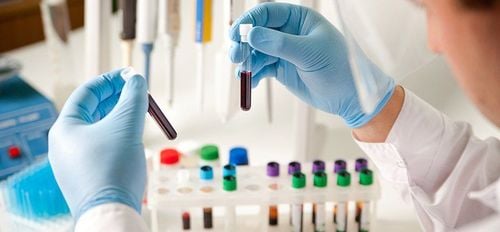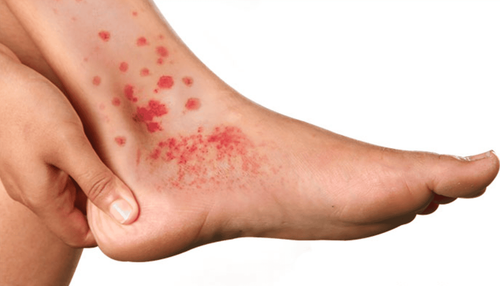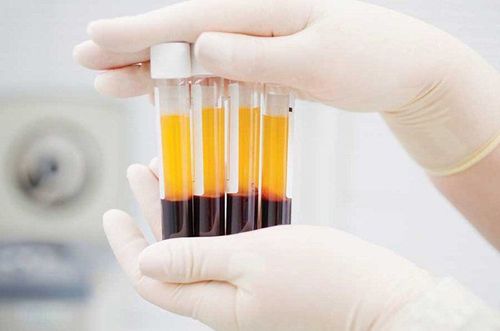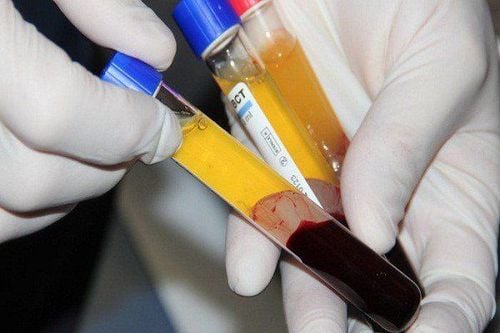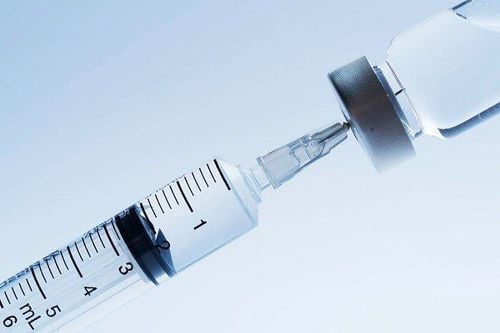This is an automatically translated article.
The article was made by a doctor of Laboratory - Vinmec Central Park International General Hospital
The immune system is based on antibody-producing cells that are able to produce antibodies to many different types of antigens. This ability is available even before the individual is exposed to those particular antigens. Therefore, based on this inherent ability, it is possible to nonspecifically stimulate B cells, possibly causing an increase in antibody responses to specific antigens.
1. Nonspecific response
The actual relationship of these antibodies to the antigen can be weak or strong, and the titers of many antibodies are often low. However, it is conceivable that certain events, perhaps inflammation and in combination with cytokine activation or direct stimulation of B cells, may have the potential to stimulate an antibody response to bacterial antigens. even bacteria that are not causing the current infection. Furthermore, it is possible that a bacterium induces a nonspecific response in a polyclonal activation manner (27). Several cases have been reported by Biberfeld of infections caused by Mycoplasma pneumoniae (28).
The development of different or at least increased autoantibodies during infection is a good example of how preexisting antibody responses can be nonspecifically stimulated (29). For example, low factor production (an anti-IgM IgM) is not uncommon with infection with M. pneumoniae (30). These individuals produce multiple responses, whose titres will be elevated for 2-4 weeks during the acute phase and decrease in the following months. Therefore, it is likely that the nonspecific response will appear and disappear at the same time as the bacteria-specific response.
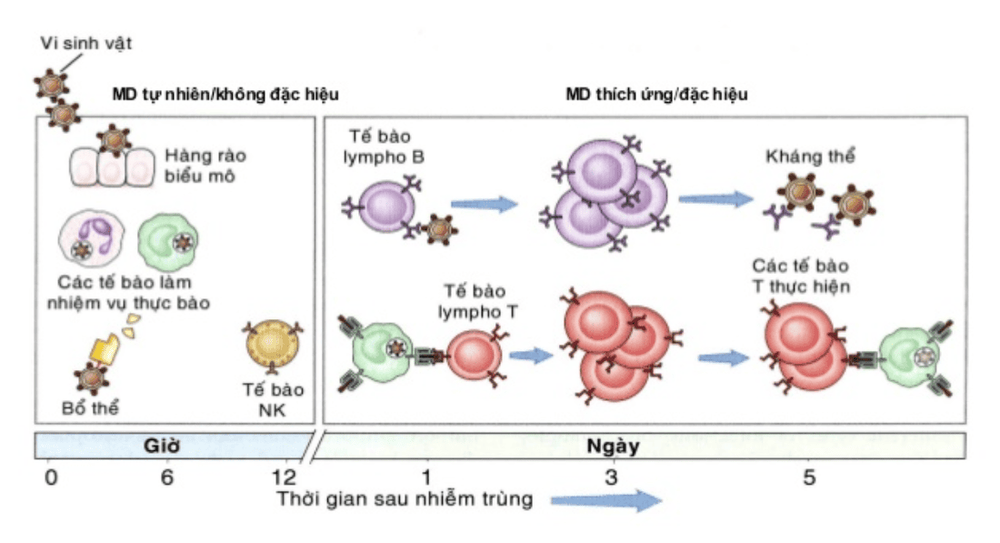
Đáp ứng không đặc hiệu và đáp ứng đặc hiệu
2. Heterophil antibody response
Heterozygous antibodies appear during the period of infection, reacting with antigens that are not the original infectious agent. Heteroantibodies can target host tissues or other bacteria. The mechanism by which heteroantibodies develop may be due to nonspecific polyclonal stimulation. It is possible, however, that the infection itself is profoundly responsible for antigen expression. Bacteria may have several antigens that bind to a receptor, perhaps altering that receptor type to make it more attractive to an immune response (31). It is also possible that the immune response acts primarily (primarily) on the attached bacteria but secondarily attacks the host receptor. Furthermore, it is possible that the bacterium or host is responsible for antigenic changes as a result of infection, e.g. proteolytic or other mechanisms.
The cold agglutinin produced in M. pneumoniae infection is a good example of a heteroantibody produced during bacterial infection (32). They are direct IgM antibodies to the I antigen of some eukaryotic cells and it is believed that like respiratory antigen I serve the main M. pneumoniae receptors to bind. Although cold agglutination is not widely used in the diagnosis of mycoplasma at present, this example has nevertheless been exploited for many purposes in the past for some patients (see Chapter 29). Other heteroantibody responses seen in active syphilis and based on non-treponemal assays are known as VDRL and RPR (33; chapter 26). The antigen in this test is lipoidal and it is made of cardiolipin, cholesterol, and lecithin. There are still some unknowns about the role of each of the eukaryotic antigens or bacterial lipoproteins present in this reagent, but many immune responses have many diagnostic benefits and are favored for use as markers of active infection.
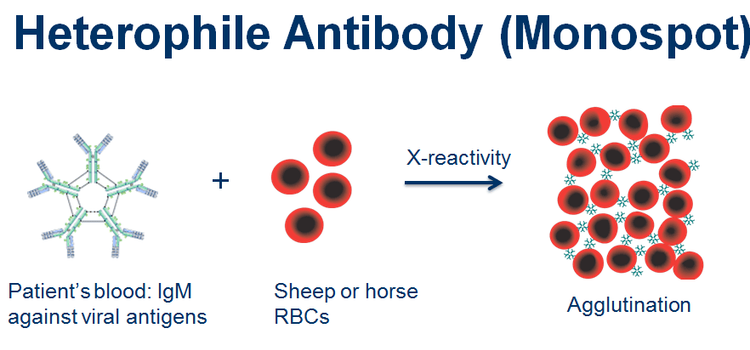
Hình ảnh mô tả quá trình đáp ứng dị kháng thể
Invite you to follow the document on Serological Diagnosis of Infections by Doctor Tran Thi Ngoc Anh including:
Serological Diagnosis of Infections Antigens and antigenic variation Antigen relationship Voidness specificity of the humoral immune response Summary of serodiagnostic methods - Part 1 Summary of serodiagnostic methods - Part 2 General aspects of utilization in hematology Bar The Complicated Situation in Serological Diagnosis Source: Nevio Cimolai
Children's and Women's Health Center of British Columbia, Vancouver, British Columbia, Canada




